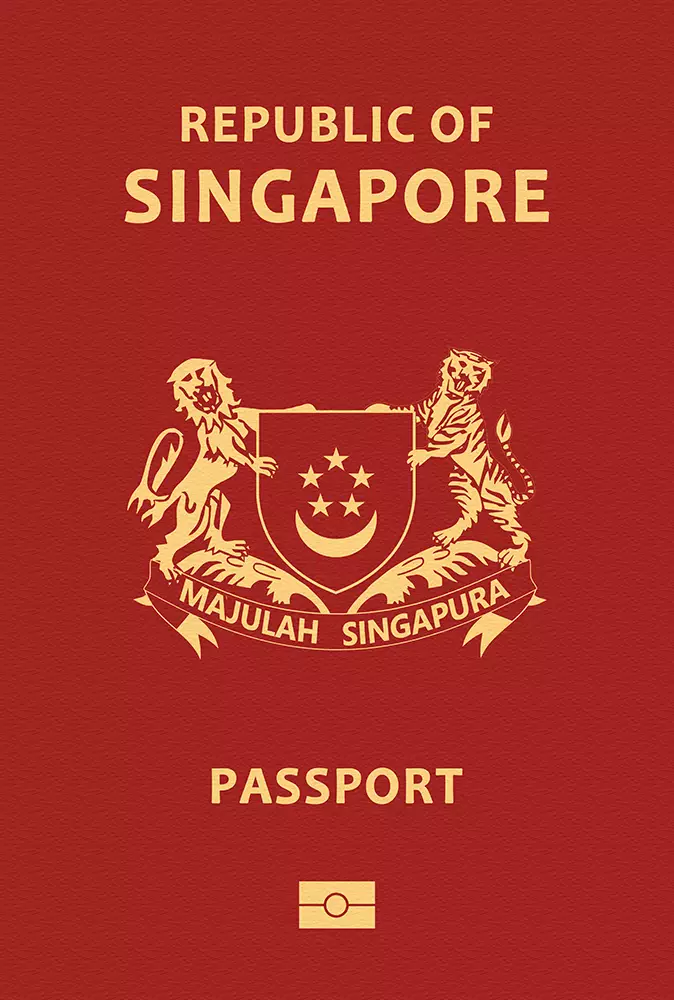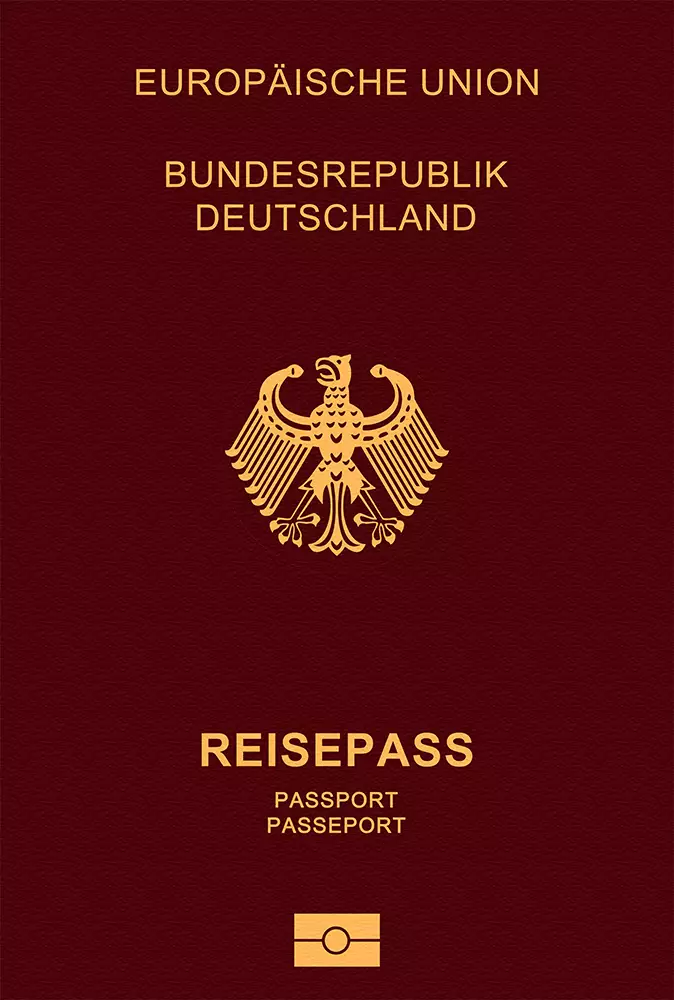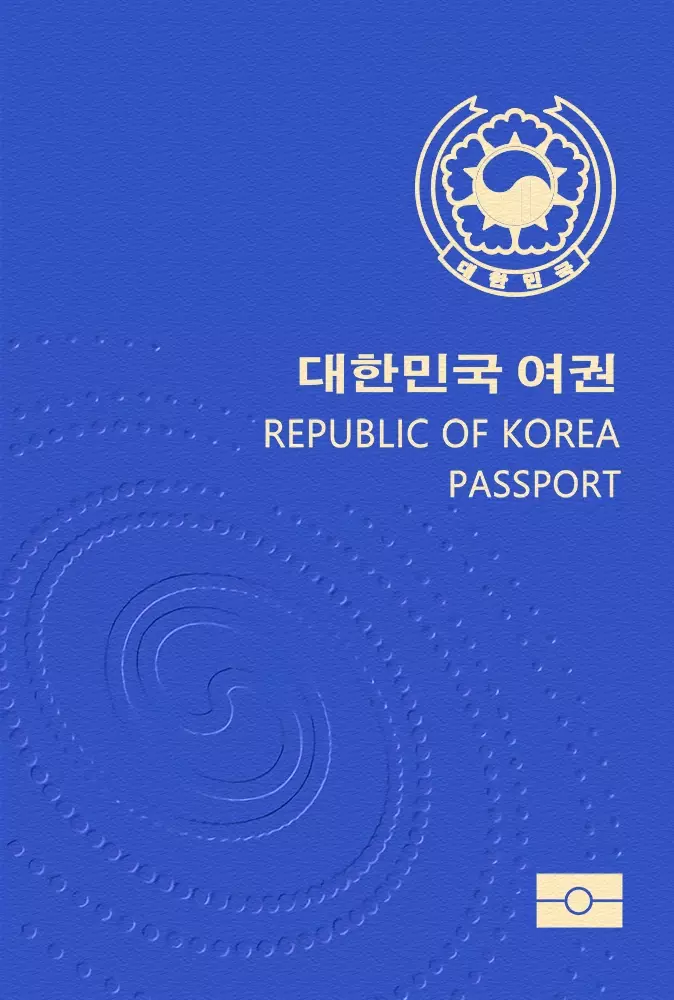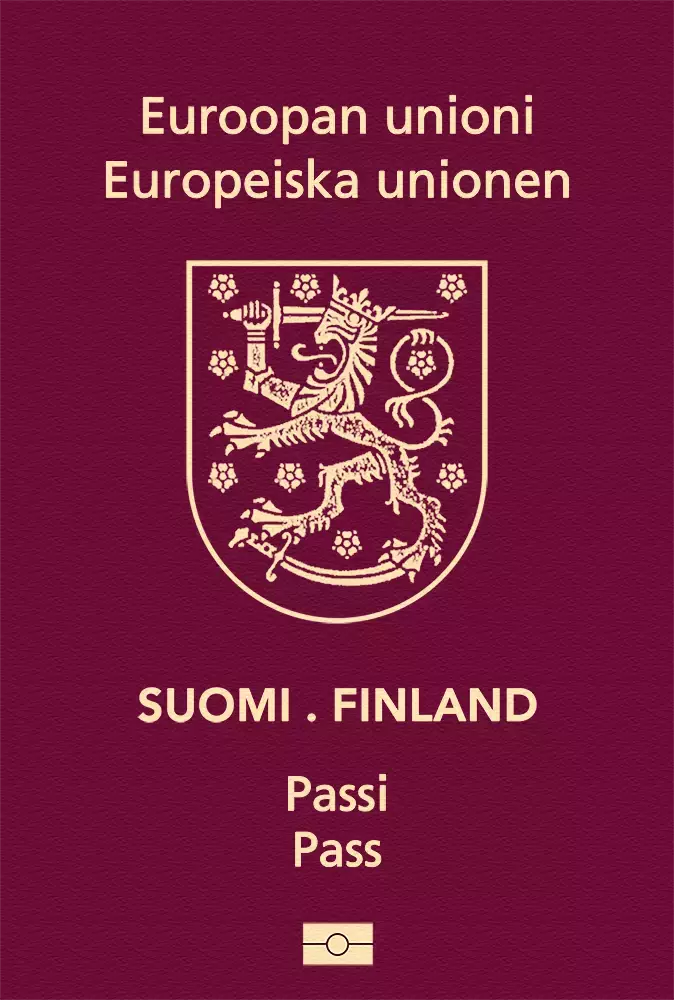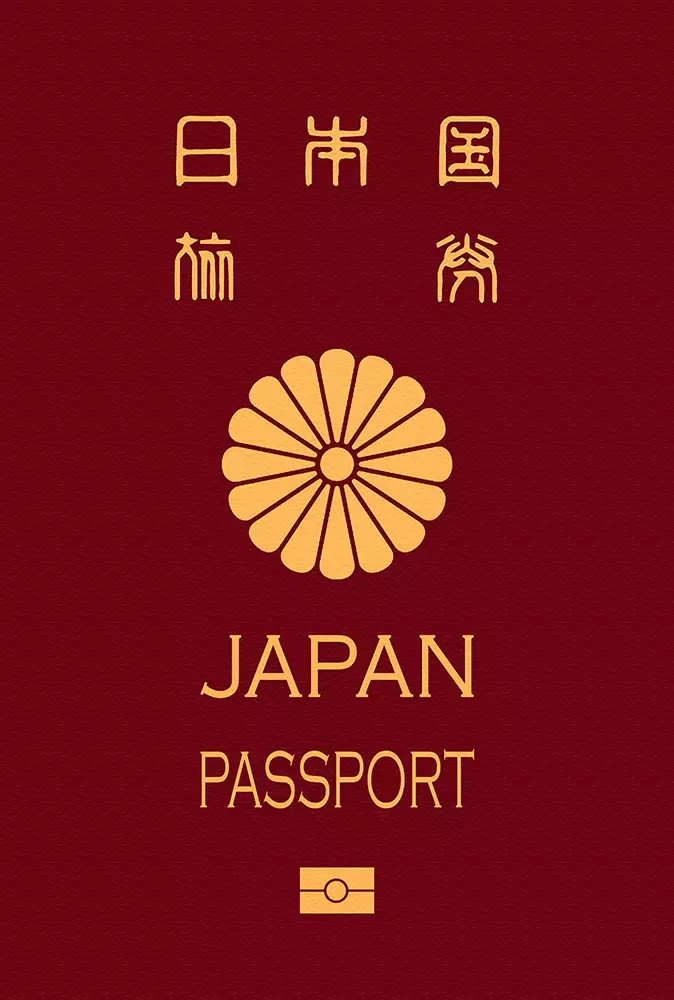With eleven administrative divisions, the Independent State of Samoa is an island nation in the Polynesian region. The three most significant ones are Aidga-i-le-Tai, A'na, and Tuamasaga. Situated in Oceania, sandwiched between New Zealand and Hawaii, the nation spans 2,842 square kilometers on its surface. There are other smaller islands in addition to the country's two main islands. Narrow coastal plains and volcanic mountains make up Samoa's topography. With a dry season from May to October and a wet season from November to April, it has a tropical climate. There are roughly 202,506 persons in the population altogether. With about 40,000 residents, Apia is both the most populous city and the capital of the nation. Other significant cities are Mulifanua and Asau. Faleolo International Airport (APW) is the sole and largest international airport in the nation. Access to locations in Australia, the US, and the surrounding area is made possible via the airport. With minimal influence from its European colonists, Samoa is controlled by 3000-year-old Fa'a Samoan customs. Protestantism is the religion with the largest percentage. The two official languages are English and Samoan. Samoan customary law and English common law are combined to form the country's legal system. There is a parliamentary republican system of governance. The elected President Tuimaleali'Ifano Va'aletoa Sualauvi II is the chef of state.Prime Minister Fiamē Naomi MataŻafa is the head of state. Every five years, elections are held. The Samoan tala (WST), the official currency, is now worth WST 2.7 per USD. With an open economy, the nation is the sixth largest economy in Oceania, with a GDP of about $1.1 billion. The per capita income of its people is $5,962. The services and industries sectors account for the majority of the GDP. With products like fish, coconut oil, and taro accounting for over 90% of exports, agriculture continues to be of utmost importance. A growing industry, tourism currently accounts for 25% of the GDP... There are several different natural tourist attractions in Samoa. Large beaches, unspoiled landscapes, and Samoan customs are its main draws. The capital Apia, the Dwarves Cave, the Papaseea Sliding Rocks, Lake Lanoto National Park, the Alofaaga Blowholes, and the Saleaula Lava Fields are a few of the must-see locations. Hiking, surfing, water sports, scuba diving, and fishing are the primary tourist activities. A total of about 164,000 visitors visit the island nation each year; most of them come from Australia and New Zealand, but an increasing number also come from Europe.







































































































































































































































